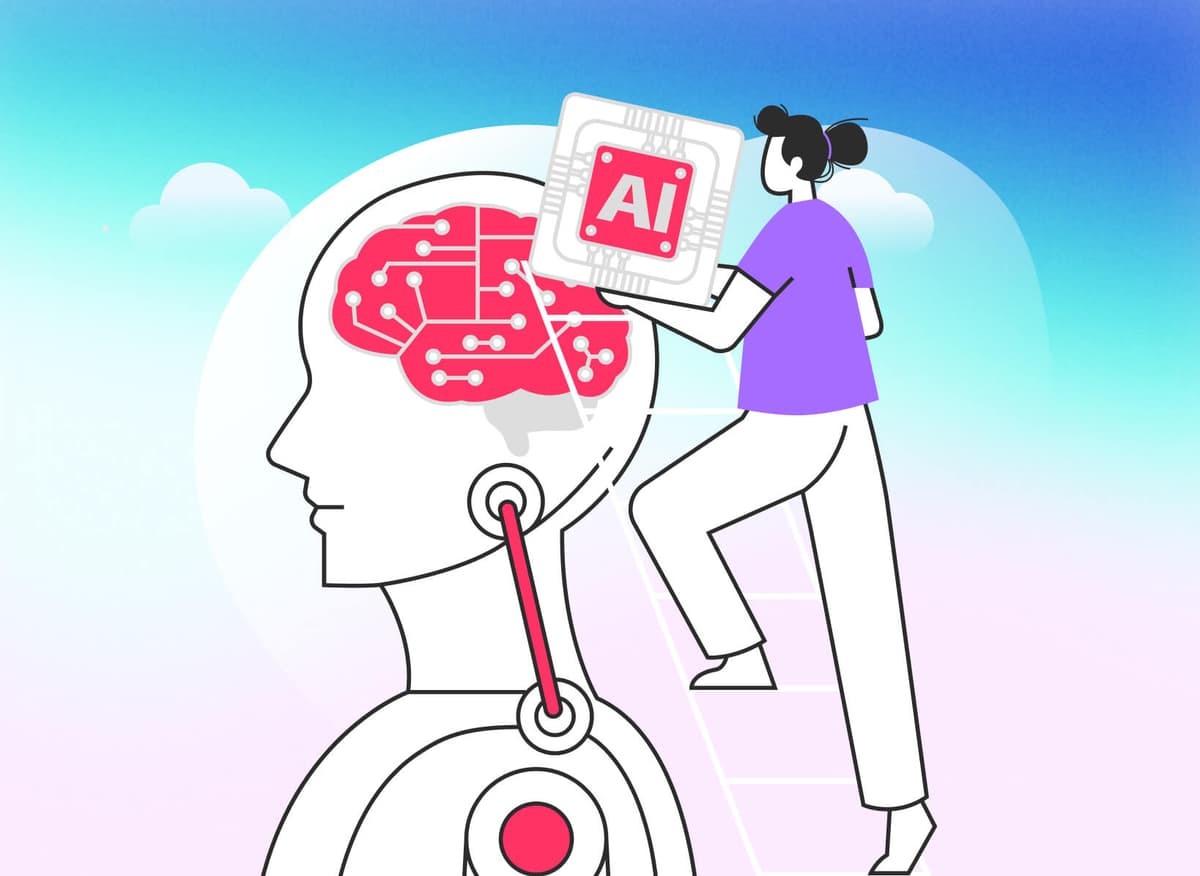


Jun 12, 2025
-
By Julia
Artificial Intelligence is no longer an experiment on the tech fringe—it's now the backbone of forward-thinking organizations. But integrating AI isn't just about deploying the latest tools. It’s about building AI fluency across every level of the organization. In the same way digital literacy transformed the early 2000s, AI fluency is the new must-have skillset redefining how we work, collaborate, and innovate.
Let’s break down what AI fluency really means, why it matters more than ever, and how organizations can harness it to stay relevant in the next 5 years.
AI fluency is the ability to understand, communicate, and strategically apply artificial intelligence in real-world organizational contexts. It goes beyond knowing what AI stands for. It's about:
It’s the organizational equivalent of not just learning to read, but to comprehend and write meaningfully. AI fluency equips employees—not just tech teams—to work with AI as a co-pilot rather than a threat.
Workflows are no longer manual, and a new era of automation is emerging as quickly as everything else. Each sector welcomes artificial intelligence since it not only improves accuracy but also allows for more concentrated labor. Let's look at why you should be fluent in AI these days. Companies who are fluent in AI drives:
✅ Make faster, data-driven decisions
✅ Reduce operational inefficiencies
✅ Improve customer experiences through personalization
✅ Attract talent looking to work with cutting-edge technology
✅ Future-proof themselves against market disruption
A 2024 report from McKinsey revealed that AI-mature organizations are seeing up to 30% higher productivity compared to their competitors. Imagine being in a relay race and still tying your shoelaces—while your competition is already halfway through the lap with AI.
Building AI fluency isn't about sending employees to a Python bootcamp. It’s a strategic, cultural, and technological evolution. For instance, Wade Foster from Zapier has unveiled that its 100% hires should be fluent in AI to be a part of AI-driven evolution.
 Source: via zapier
Source: via zapier
The AI revolution is on its peak and organizations are fully transforming their workflows to automations. Let’s understand how businesses can achieve AI fluency in organizations:
AI fluency starts at the top. When executives actively use and advocate for AI tools, it sets the tone across the organization. This builds confidence and drives adoption company-wide.
Empower every team—not just IT—with easy-to-use no-code or low-code AI tools. This ensures AI isn't siloed and becomes part of daily workflows across departments.
Train your teams with practical AI knowledge, including prompt engineering, generative AI, and ethical usage. Upskilling helps employees confidently apply AI in their roles.
Integrate AI into platforms teams already rely on—like CRMs, collaboration tools, or project management apps. This streamlines workflows and boosts productivity without disrupting routines.
Encourage teams to try AI tools without the fear of failure. A culture of experimentation allows faster learning, better AI strategies, and smarter innovation through iteration.
These tools democratize AI, making it accessible to non-developers and experts alike:
|
|
|
|
|
|
|
|
|
|
|
|
|
|
|
|
|
|
|
|
|
|
|
|
These tools eliminate manual drudgery, boost creativity, and allow employees to focus on high-leverage tasks.
How Zapier Has Defined the Real World Use Cases with AI:

via: Zapier
Here comes the real world examples of artificial intelligence being fluently used in the prominent sectors such as:
Uses AI for talent recruitment, analyzing candidate video interviews using facial recognition and NLP to predict cultural fit.
Detects fraud patterns in real-time using machine learning, saving millions in unauthorized transactions.
Applies AI for predictive diagnostics, helping doctors detect diseases earlier with higher accuracy.
Uses AI for inventory forecasting and dynamic pricing, turning the supply chain into a predictive powerhouse. Each of these examples proves one thing: AI fluency isn’t a tech department goal—it’s an organizational necessity.
Expecting artificial intelligence to thrive much higher than ever in the coming five years. The forecast is taken from the popular studies conducted by the top-notch tech giants in the market. Let’s read aloud.
🔮 2025-2030 AI Forecast:
In short: your next “colleague” may not be human—but they’ll be your most productive team member.
Conclusion
Let’s be blunt: If your current contribution to AI ends at saying “I used ChatGPT once,” you’re already a fossil in a digital Jurassic Park. 🦖
In a world where AI can draft policies, design campaigns, manage workflows, and even debug code—what’s your excuse again?
And to the organizations still resisting AI adoption: You’re not being cautious. You’re being… quaint. Like bringing a flip phone to a 5G conference.
Want to avoid being the Blockbuster of your industry while everyone else turns into Netflix? Start building AI fluency now.
Don’t just read about AI—work with it.
👉 [Sign up now] to explore how AI fluency can transform your team.
👉 [Book a free demo] to see Kroolo’s Agentic AI workspace in action.
Because in the future of work, it’s not man vs machine—it’s man with machine that wins.
Tags
Productivity
AI